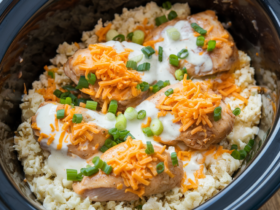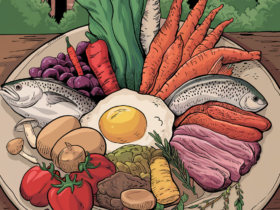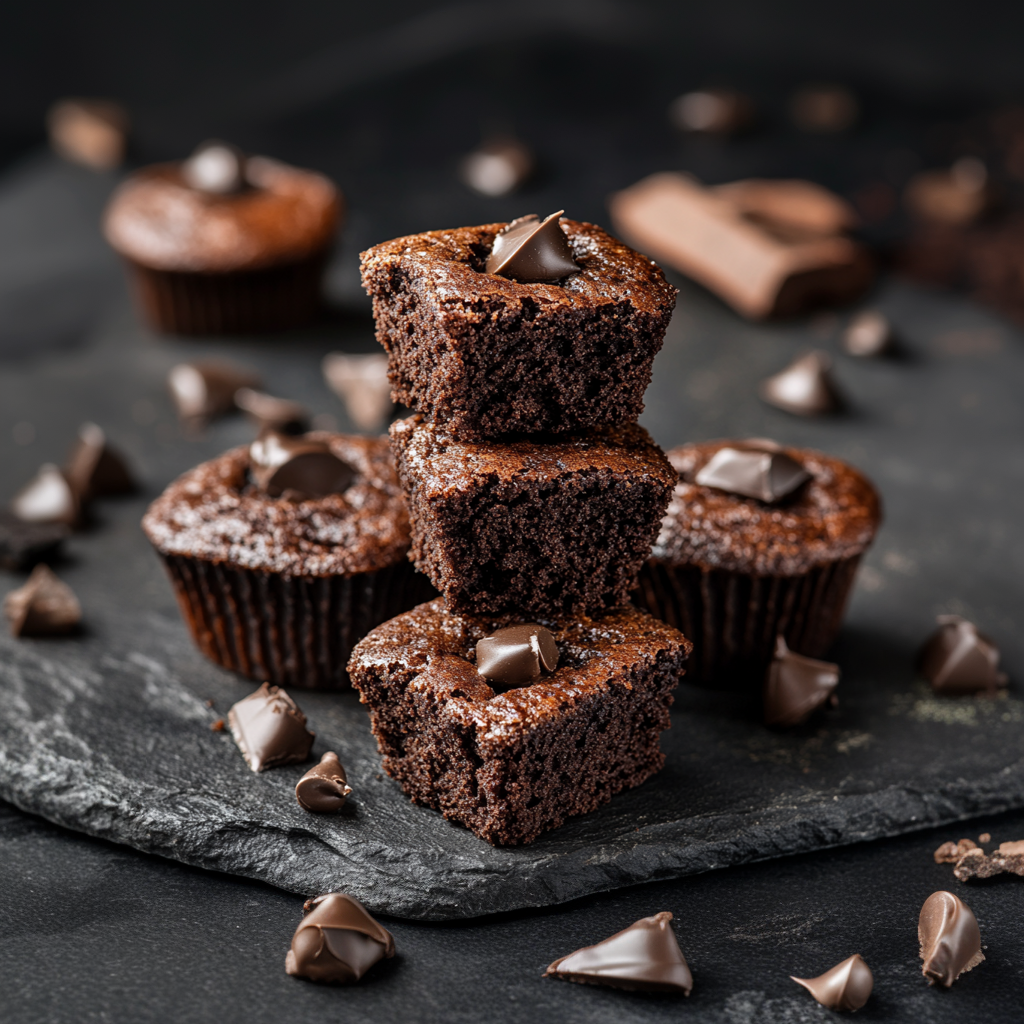If you’ve ever stood in a bakery aisle or scrolled through Pinterest, you’ve probably wondered: what’s the real difference between cake and snacking? Both are delicious, sweet treats, but they serve very different roles in our lives. Let’s break it down so you can decide which suits your next craving – or your Pinterest-inspired baking spree!.
What Is Cake?
Cake is the centerpiece of celebrations. From birthdays to weddings, it’s the star of the show. Cakes are often elaborate and layered, made with ingredients like flour, sugar, eggs, and butter, combined to create a rich, fluffy texture. Decorations such as frosting, fondant, and edible flowers take cakes to the next level, making them perfect for special occasions.
Common Cake Types:
- Layer Cakes: Multi-tiered delights like chocolate, vanilla, or red velvet.
- Bundt Cakes: A more decorative shape, often glazed.
- Cheesecakes: Rich and creamy, often with a graham cracker crust.
- Sheet Cakes: Simple, flat cakes often served at parties.
Key Traits of Cake:
Rich, indulgent, and visually impressive.
Reserved for celebrations or formal gatherings.
Requires more time, effort, and often advanced techniques.
What Is Snacking?
Snacking, on the other hand, is all about convenience. Snack cakes, muffins, or bars are designed to be enjoyed on the go or with minimal fuss. Unlike traditional cakes, these treats are typically simpler, often single-layered or in individual portions.
Common Snack Items:
- Muffins and Cupcakes: Handheld and easy to pack.
- Snack Cakes: Think pre-packaged options like Twinkies or homemade snack bars.
- Quick Breads: Banana bread, zucchini bread, or anything loaf-shaped and sliceable.
Key Traits of Snacking:
- Easy to make and eat.
- Designed for everyday consumption, not just special occasions.
- Often less sweet and more versatile in flavor.
The Nutritional Breakdown
While both cake and snacking can be indulgent, snack items often incorporate healthier ingredients like oats, nuts, or fruit. However, they’re still treats and should be enjoyed in moderation.
Cake vs. Snack:
- Calories: Cakes are often more calorie-dense due to frostings and layers.
- Ingredients: Snacks may include whole grains or less sugar, making them a lighter option.
- Portions: Cakes are served in slices, while snacks are often single-serve.
When to Choose Cake vs. Snacking
Opt for Cake When:
- You’re hosting or attending a celebration.
- You want to impress guests with an elaborate dessert.
Go for Snacking When:
- You need something quick and portable.
- You’re looking for a sweet pick-me-up during the day.
Tips for Baking Success
For Cakes:
- Prep Ahead: Set aside time for baking, cooling, and decorating.
- Invest in Tools: Cake pans, piping bags, and frosting knives make a difference.
For Snacks:
- Batch Bake: Make extras and freeze for easy snacks later.
- Experiment: Add healthier ingredients like chia seeds or almond flour.
Final Thoughts
While cake and snacking might seem similar at first glance, their purposes and characteristics set them apart. Cake is for celebrating life’s big moments, while snacking satisfies everyday cravings. Both have a place in your life – and your Pinterest boards!
Pin It for Later!
Now that you know the difference, are you team cake or team snack? Share your thoughts below and don’t forget to pin this post for all your baking inspiration!




